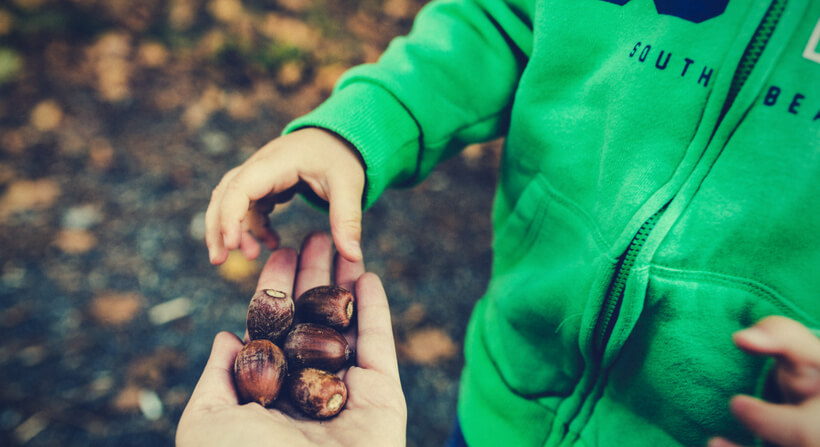
Plants have been used for alleviating human suffering from the very beginning of human civilization, and records of the use of plants are available since about 5000 years ago. The active principles isolated, have provided leads in the development of several life saving drugs, which are in use today.
Different civilizations developed their own indigenous system of medicines. Historically, about two centuries ago, our medicinal practices were largely dominated by plant-based medicines. However, the medicinal use of herbs went into decline in the West when more predictable synthetic drugs were made commonly available. In contrast, many developing nations continued to benefit from the rich knowledge of medical herbalism. For example Ayurvedic medicine in India, Kampo medicine in Japan, Traditional Chinese Medicine and Unani Medicine in the Middle East and South Asia are still used by a large majority of people.
All around the world there is talk about ‘health for all’ but it has been realized that modern pharmaceuticals are and will remain out of reach of a large proportion of the human population for the foreseeable future. This necessitates the use of other sources of human knowledge to provide common health benefits. Thus, herbal medicine is now regarded as important but underutilized tool against disease. The World Health Organization (WHO) recognized this fact in the early 1970s and
encouraged governments to effectively utilize local knowledge of herbal medicines for disease prevention and health promotion.
There is now a popular belief that allopathic drugs have serious side effects on human body. As against the same, herbal medicines work better and provide long lasting healing effect .As such there is now a growing demand of herbal medicines and herbal therapeutic applications. The primary health care of 70-80 per cent of the world’s population is based on the use of medicinal plants derived from traditional systems of medicine and local health practices. During the past few decades public interest in traditional, complementary and alternative medicine (TCAM) and use of herbal medicines has increased dramatically in industrialized countries. Traditional medicine has a bright future and an immense potential to extend medical relief to millions, who for lack of resources remain deprived of it. When undesirable side effects of certain drugs have unnerved the patients, herbal medicine is the only hope in India where 60 per cent of the population lives below the poverty line.
This has increased the international trade in herbal medicine enormously. WHO said in 2003 that the global market for herbal medicines stood at US $ 60 billion and was growing steadily. Global sales of herbal products including herbal medicine has already crossed 100 billion in the last five years and is expected to exceed one trillion in the next 20 years at the present growth rate. In India, the herbal drug market is about $ five billion and the export of plant based crude drugs is around $ 80 million.
Many pharmaceutical companies are showing interest in the production and marketing of herbal medicines. The sales for herbal medicine products have gone to such an extent that these products have become available to consumers as positive healthcare just like vitamins. Herbal medicines are in great demand in the developed as well as developing countries for primary healthcare because of their wide biological activities, higher safety margins and lesser costs.
Out of 20,000 plants recognized of medicinal value, only a very few are in use. Their use is not scientifically validated much with the scientific data. Plant extracts of therapeutic relevance are of paramount importance as reservoirs of structural and chemical diversity. A recent report reveals that at least 120 distinct chemical substances from different plants have utility as lifesaving drugs. This has been achieved through chemical and pharmacological screening of only 6 per cent of the total plant species.
It is for their world wide and a sustained effort of scientist’s that an enormous information is being generated and there has been a series of publications on medicinal plant researches on medicinal plants.






About The Author: Ocean Lifecare
More posts by Ocean Lifecare